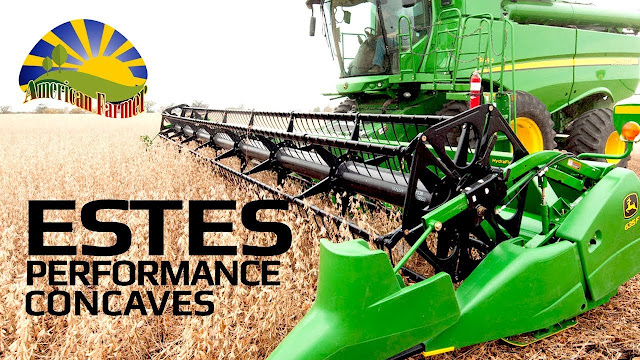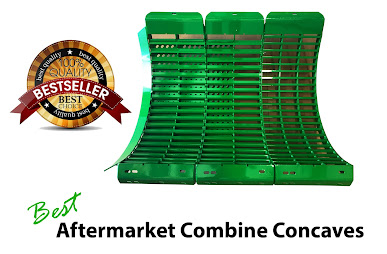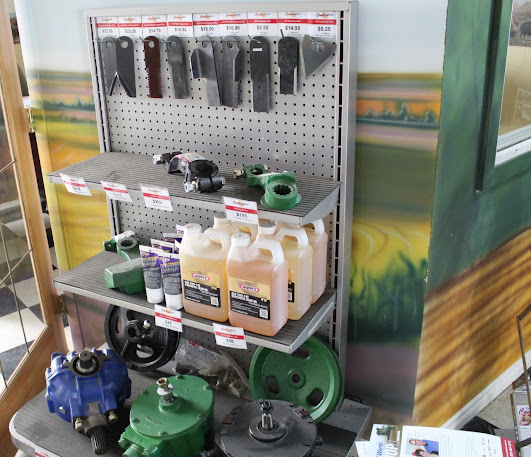Efficient Use of the Farm Combine During Harvest
A combine is a short form of the combine harvester. The farm combine is the king of harvesters. It combines three important processes: threshing, winnowing, and reaping. The swath of the modern combines is more than 40 feet and has grain tanks as big as 485 bushels with unloading speeds of 6 bushels per second. Farmers have many things to consider at the start of the harvest, such as fine-tuning the settings, preventing grain losses, and checking the field conditions.
Harvesting Operation for Crops
In the harvester, friction between the concave, the incoming crop, and the rotating cylinders result in threshing. We can adjust the clearance between the concave and the cylinder. You can harvest a variety of crops using a farm combine including sorghum, lentils, black-eyed peas, kidney beans, canola, pinto beans, rice soybeans, flax, chickpeas, corn, and wheat. Each crop needs a specific setting and so, the farmer must adjust the setting before harvesting.
Factors Affecting the Performance
Pre-season inspection begins with the estimation of field conditions. A wet field will cause mud to stick to the combine parts and a dry condition will cause a lot of dust accumulation. To get a clean sample in the grain tank, these conditions play an important role:
● The wire pattern of the concave.
● The bar.
● The clearance you set for the thresher.
● Speed of the rotor.
The main thing is to strike the proper balance between the speed of the clearance and the speed of the rotating cylinder. In ideal conditions, stock round concaves perform the best but they fail in a high bushel or high moisture harvesting. Small wire concaves will work well with small grains but you will have to change them if you harvest big grain crops.
Save with Aftermarket Combines
Getting an aftermarket farm combine can result in considerable savings. Buying a new machine will cost you a huge outlay. The used machine will work as well as a new one, so investing in it will be a wise move. Estes combines don't need changes for each crop because they work for all crops. You save time and effort with the per-season maintenance because of this.
Decrease Losses to Improve Profits
The leading cause of grain loss in the farm combine comes from worn corn heads. Check for free moving deck plates, see where there is loosening of chain tension, assess the stalk roller condition, and ensure a functioning drive system. The higher speed of the combines and tougher corn varieties place bigger stress on the combine header parts.
Check the Condition Before Buying
When you have a used farm combine for your harvest, the key is repair and maintenance. Used machines cost less and machinery dealers give you good bargains at the end of the season. The value of the combine depends on the model and its age. Replacement of parts and belts can become expensive and so the farmer must discuss these things before buying. Whether used or new, proper maintenance is essential.
For this, the farmer must know about the mechanical and electronic features of the machine. One can add to the profit by keeping unwanted repairs and maintenance issues out.






Comments
Post a Comment